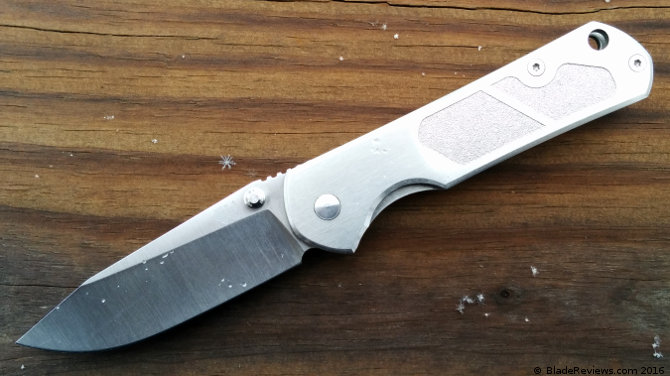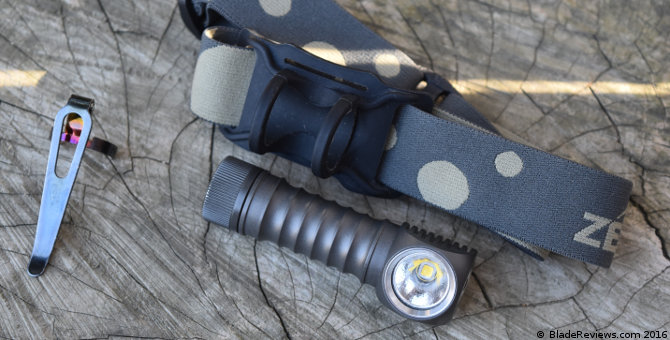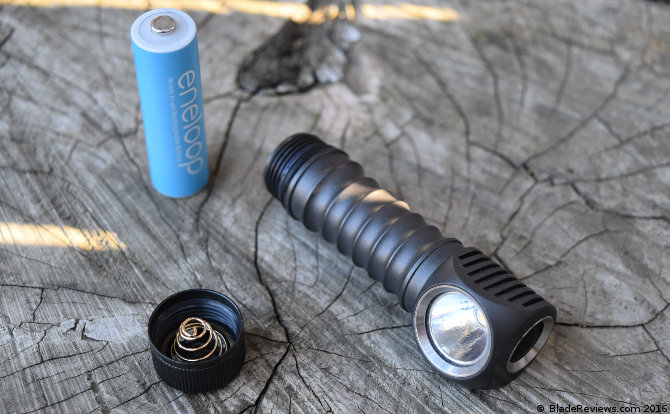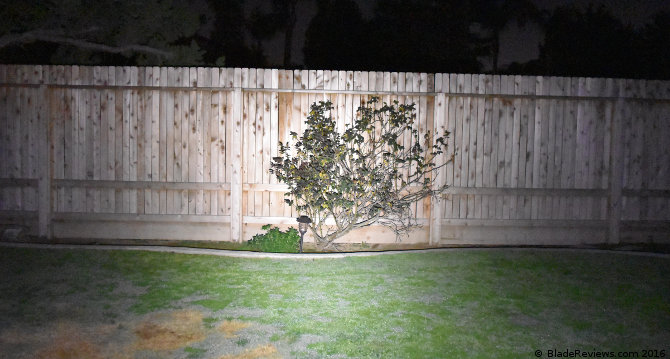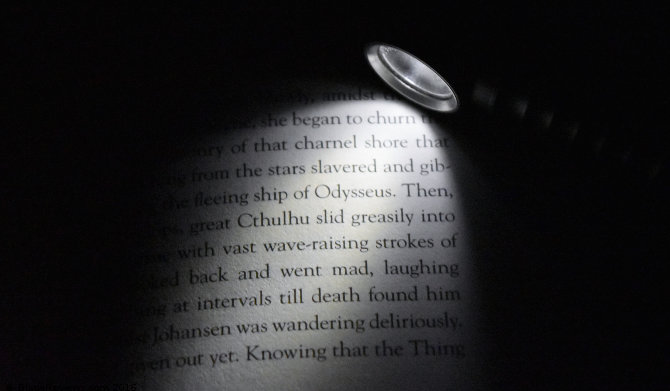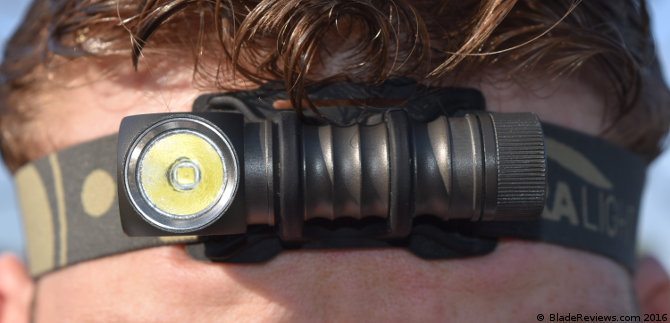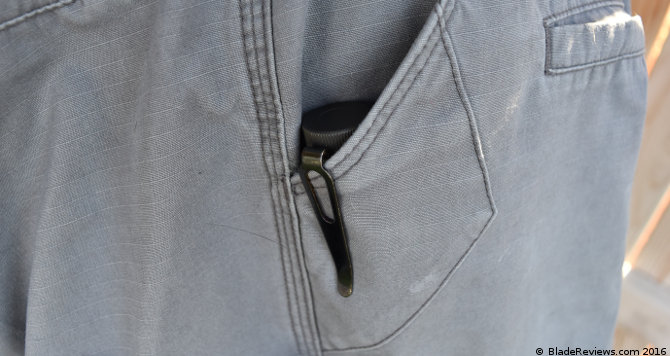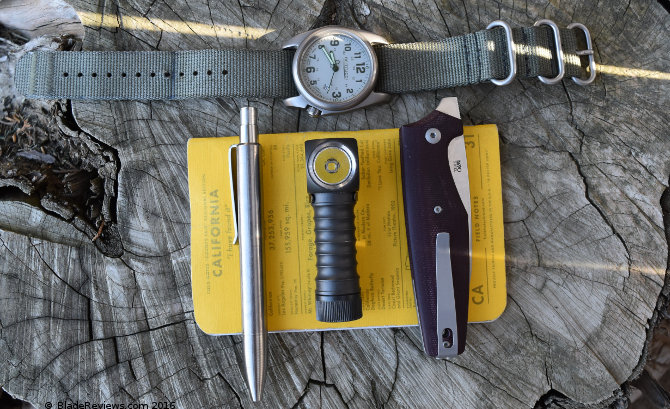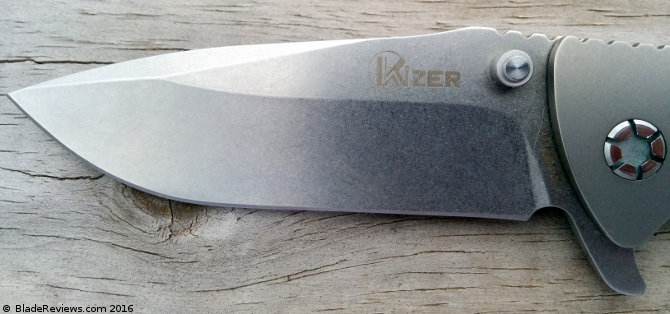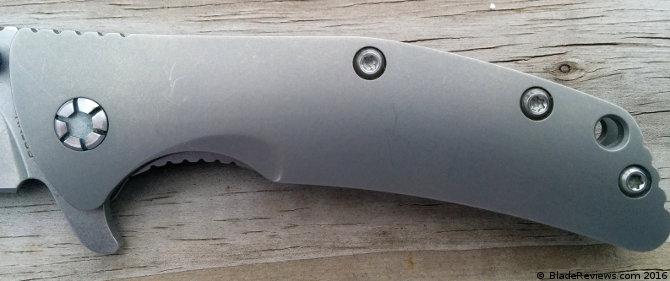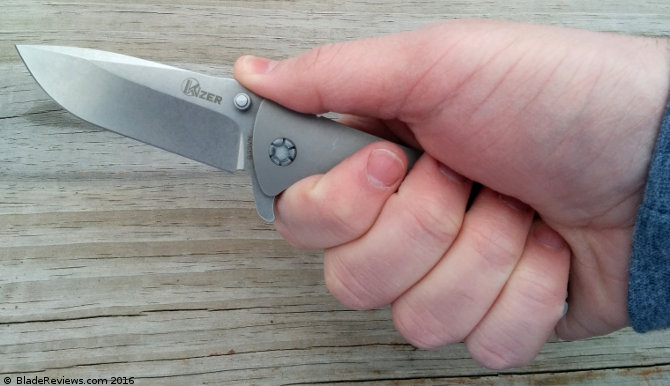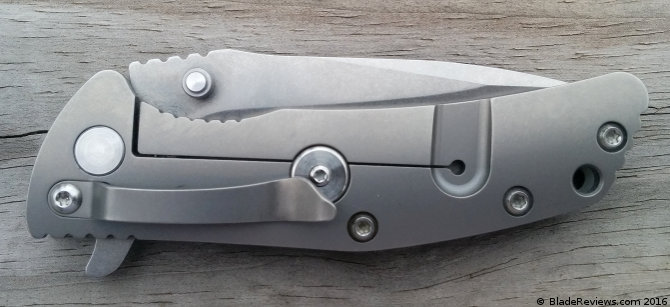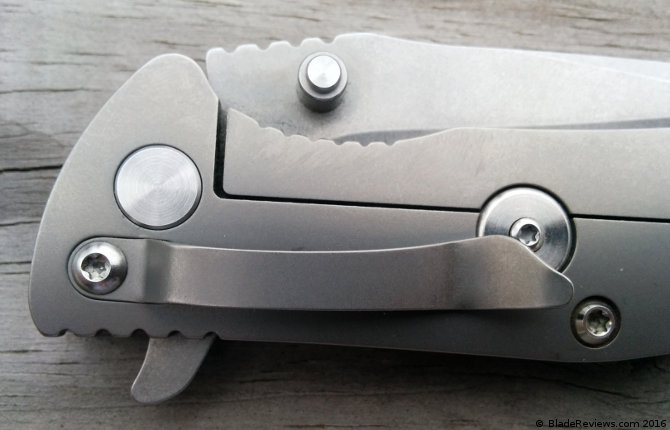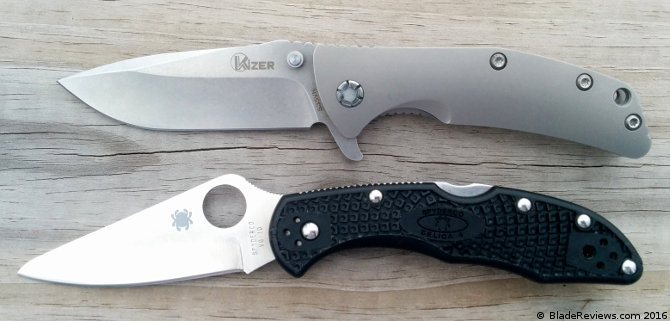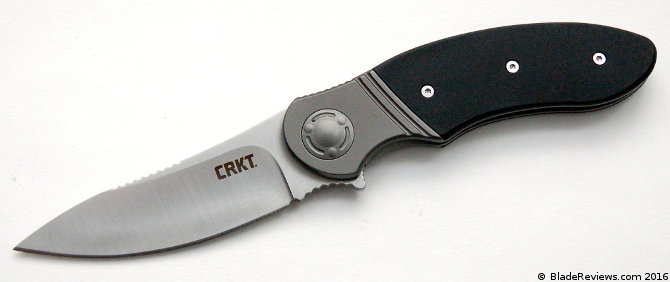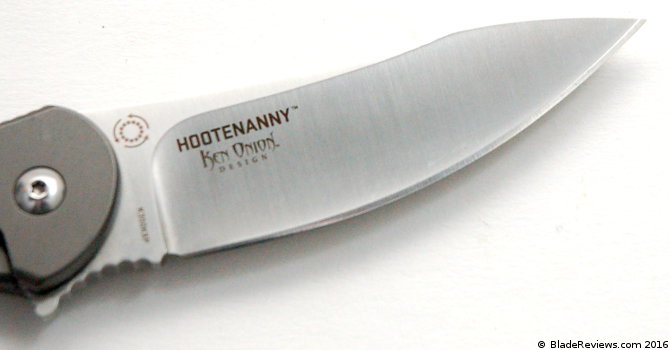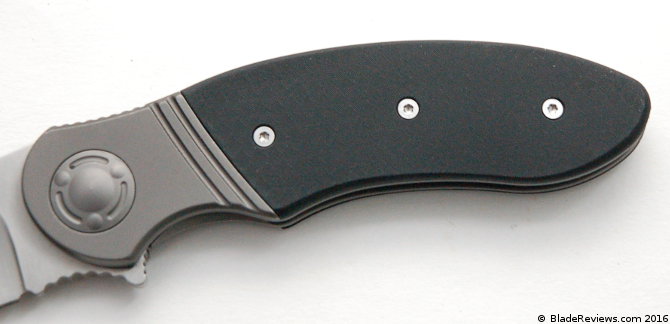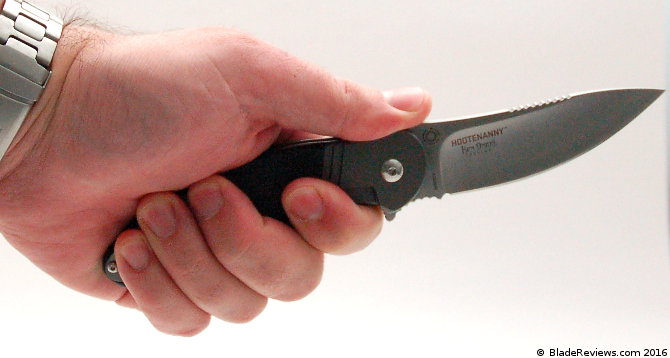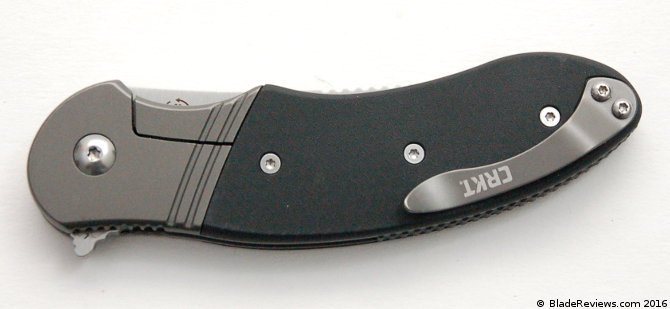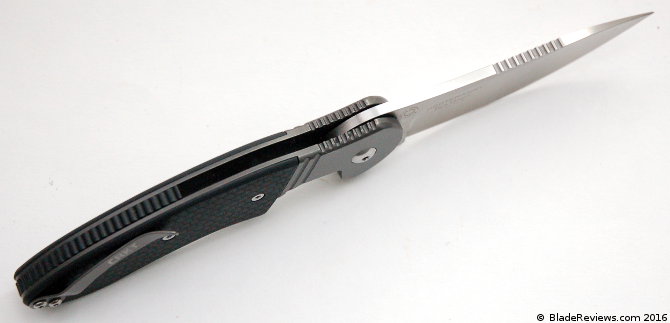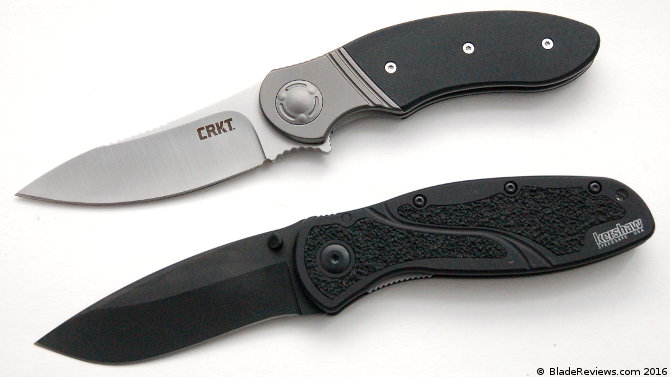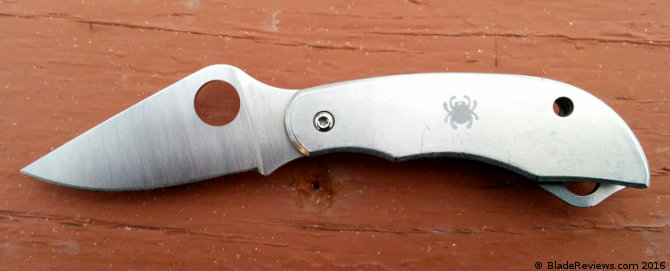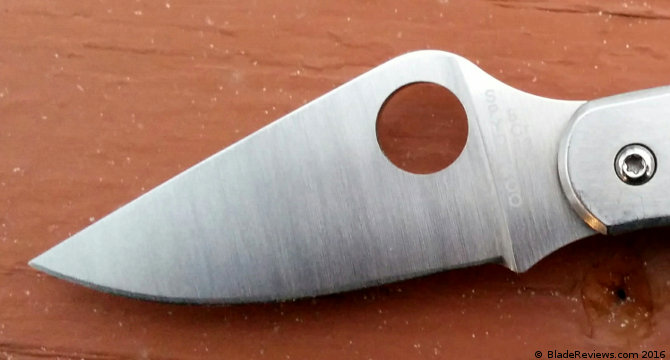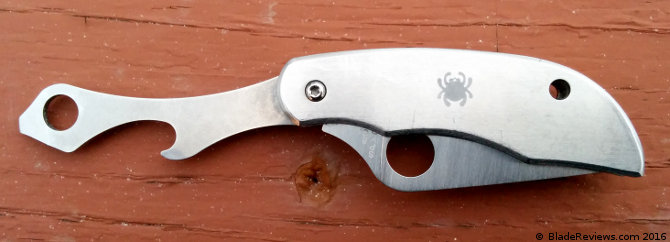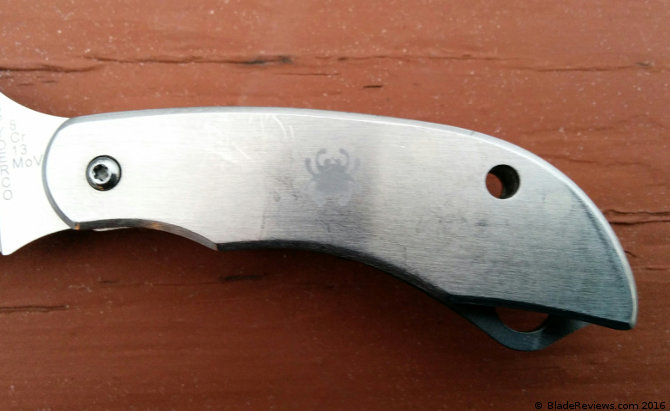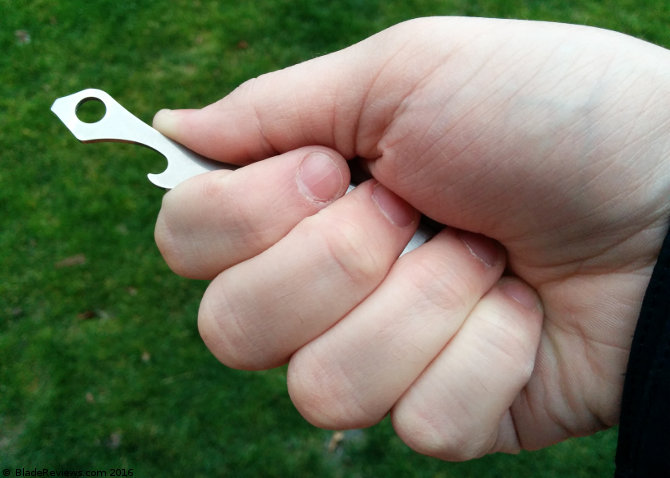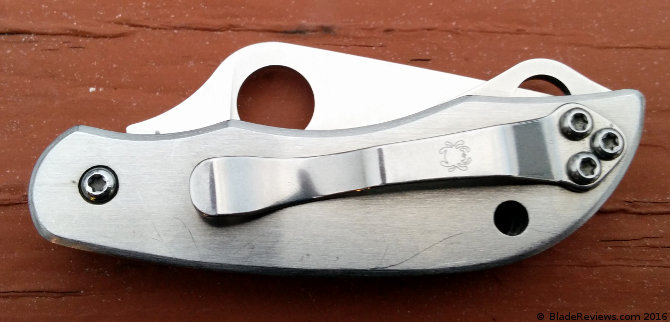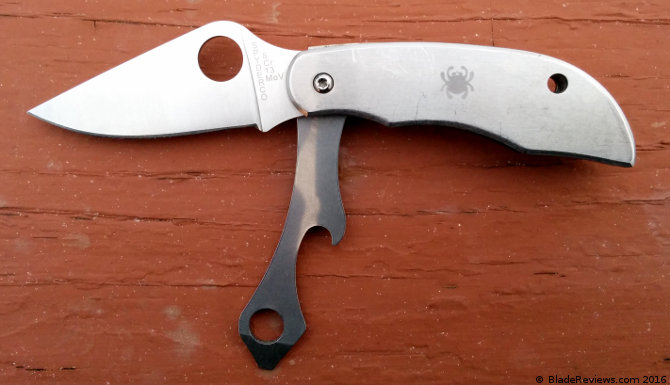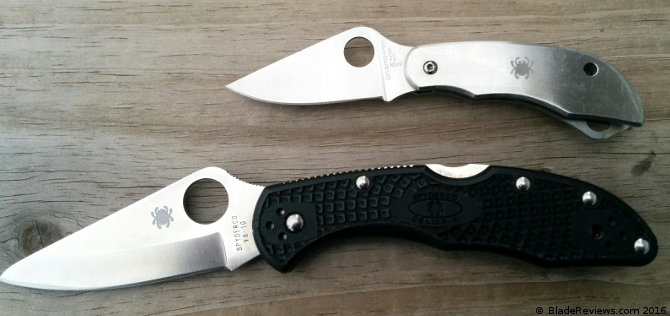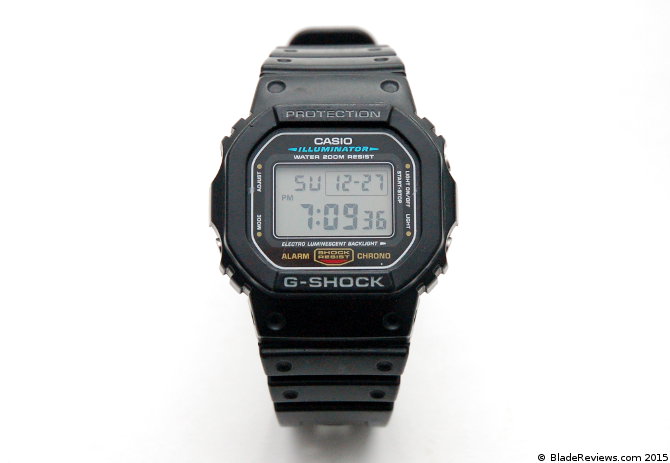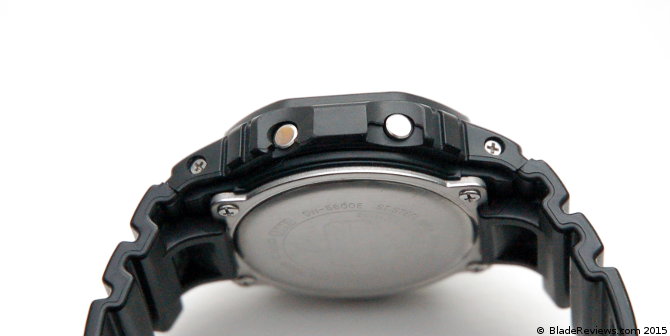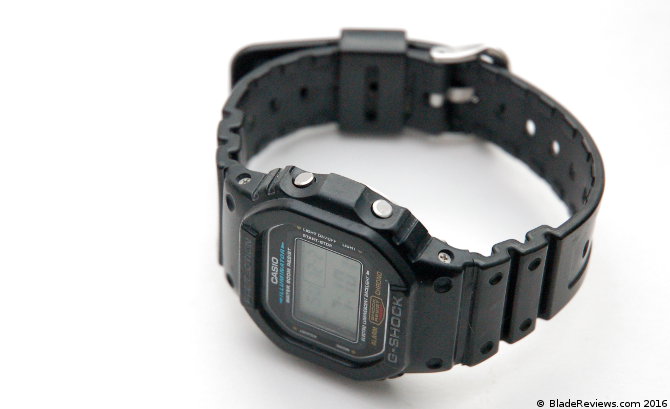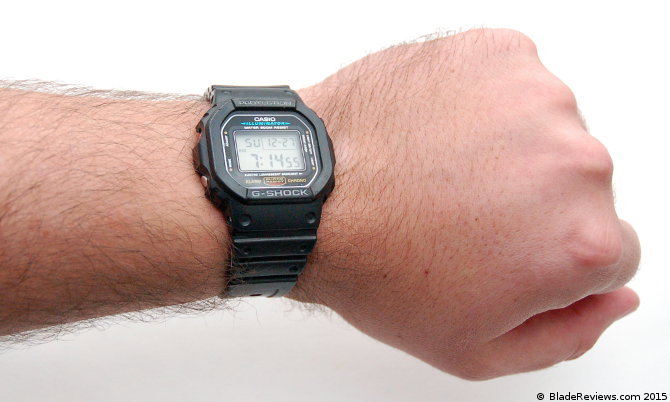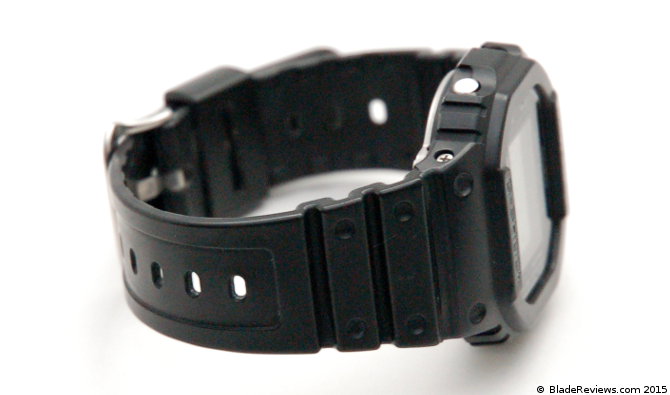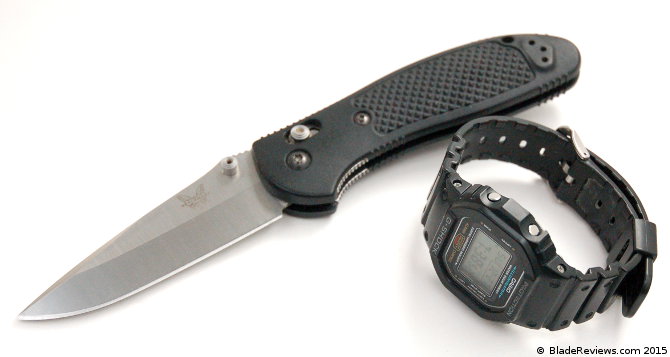Last Updated: June 18, 2019
As an OEM for various knife companies, Sanrenmu is responsible for a lot of excellent, affordable budget knives: models like the CRKT Drifter helped establish just how much we can expect from a cheap knife, setting the standards for things like the steel choice, fit and finish levels, and utility on budget folders.
As a knifemaker on its own, however, Sanrenmu has attracted controversy. Not only does it sell its knives at very low prices (a lot of times even lower than the budget knives it makes for other companies), but there are also features and designs in their catalogue that are taken directly from other knife companies, without their consent: most famously the Benchmade Axis Lock and the knife I’m reviewing today, the Sanrenmu 710, a knife that is commonly described (and decried) as a rip-off/knock-off/copy of the Chris Reeve Knives Sebenza.
I feel like any review of the 710 has to address this issue, however briefly. The 710 echoes the Small Sebenza’s lines, but a comparison of the two knives will show that the overall designs are different: the 710 is smaller, with a different blade shape and grind. Additionally, speaking as somebody who has always wanted but never owned a Small Sebenza, I can say that the 710 has never struck me as a substitute or cheaper replacement for one.
It has, however, struck me as an excellent little knife. It has all the quality of Sanrenmu’s OEM knives and as the unofficial ‘flagship’ of their SRM-branded blades, I think it’s worth looking at a little closer.
General Dimensions and Blade Details
The 710 has a blade length of 2-11/16”, a handle length of 3-11/16”, an overall length of 6-9/16”, and is made in China. The size of the 710 is just about right for an EDC knife. The weight, at 3.25 oz., is not inspiring, but with an all stainless steel construction you go in expecting to be disappointed in this regard.
I do think it’s worth discussing the fit and finish a little because, to be frank, Sanrenmu has a reputation for doing a slapdash job on their blades. I’ve owned two other SRM knives. My first was a 763, purchased three years ago. Out of the box it was completely adequate, besides a sloppy (but not catastrophically sloppy) edge bevel. The next, purchased maybe a year later, was a 605. Out of the box the blade centering was off, but a tightening of the pivot pin fixed this.
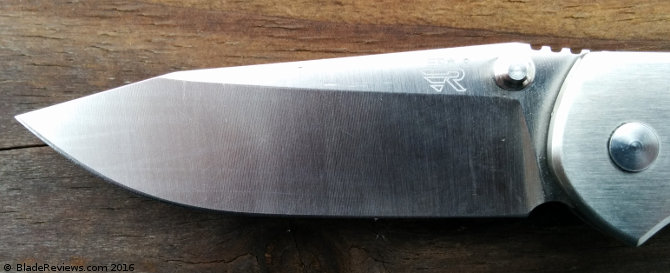
While neither my 763 nor 605 were bad out of the box, my 710 was almost pristine: the blade was centered, the scales were chamfered and lustrous, the edge bevel was much more even. The only issues were a slightly uneven finish on the blade itself, and blade decentering over time(easily fixable). Sanrenmu has always been seen as a bit of a gamble fit and finish-wise, but that’s never been my experience. Even so, the 710 was a step up.
The part of me that wants everything to be connected thinks that maybe, with the middle of the market bottoming out, the communal fixation on low- and high-end knives that this bottoming-out entails, and the new levels of quality and popularity Chinese companies like Kizer and Reate have been attaining, SRM has decided to work on their image and the level of quality in their products. Conspiracy theorizing aside, I find the 710’s fit and finish excellent.
The 710’s angular drop point is also excellent, a gloriously task-neutral, light-to-medium duty blade. The proportion of straight edge to belly is perfect. The tip is acute, and dropped to just the right point, making it easy to ‘lead’ a cut and accurately follow through. The 710’s blade offers very good, and very consistent, performance in all the standard EDC tasks.
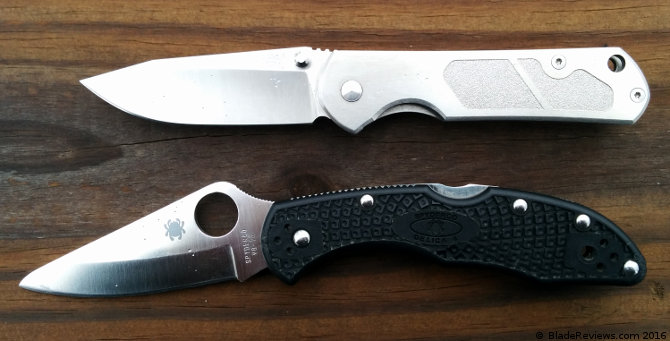
An aggressive high hollow grind plays a key role here. Despite starting from fairly thick stock, the grind is very thin behind the edge, ensuring that the primary characteristic of a hollow grind – reduced friction and drag through material – is noticeable. In fact, out of the last few knives that I’ve reviewed, the 710 has done the best with cardboard cutting, the efficient, low-drag hollow grind making up for an edge that dulls fairly quickly.
As you’d expect the 710 is made from 8Cr13MoV, default budget knife blade steel. For me, 8Cr13MoV is the baseline for modern steel, setting the bar for acceptability in every area, but impressing in none other than sharpenability. I’ve never been surprised by 8Cr13MoV, but never really disappointed by it either. Adequate, a known quantity, and endearingly mediocre: what else is there to say?
Well, maybe just one last note: I think that, in our spec-obsessed modern age, we forget that poor edge retention in any modern steel is steel pretty decent: I cut through a lot of cardboard with the 710, more than I could reasonably expect to deal with in a month of standard use, before I noticed any real performance issues. I still prefer better steels, don’t get me wrong: I just think that we tend to hyperventilate when it comes to comparisons that, in 90% of the situations we find ourselves using blades in, don’t matter. Yes, 154CM or N690Co or S30V are better steels by a long shot, but in a regular week of use I certainly wouldn’t appreciate the difference.
Handle, Ergonomics, and Carry
The 710 is all stainless steel, never my preferred material for a handle, but good execution of substandard materials goes a long way with me, and on this 710 the handles are cleanly-cut and chamfered all around the edges inside and out, making them comfortable and solid-feeling in the hand.
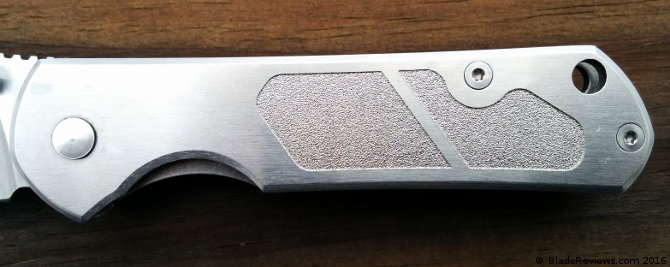
The general lines of the handle also help. Clean and simple, just like I like it. There aren’t any unnecessary grooves, besides the acceptable choil/lock access cutout. Indeed, the handle would almost be too flat if a gentle, almost unnoticeable curve to the inside portion of the handle (the part your fingers cross over) didn’t lend some dimensionality to the knife.
The jimping on the spine of the blade is really good, the same squarish, ‘gear teeth’ jimping that you see on the CRKT Drifter. It keeps your thumb right where it needs to be to steer cuts, aided by the somewhat back-heavy balance: normally this isn’t something I like, but on a knife this small, with a blade ground so thin behind the edge, it feels right.
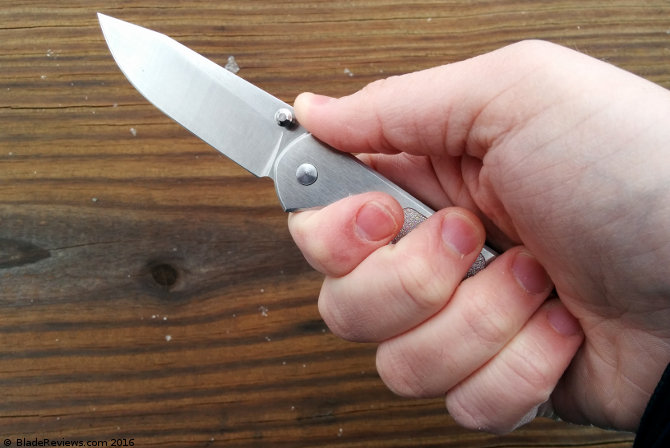
The texturing on the handle is less successful. Nail file or grip tape is definitely the cue visually, but it is much less textured than either. I appreciate the way it breaks up the monotony of the steel handle, but it doesn’t help with the grip during deployment, which this knife could use. The jimping and balance provide grip during use, but when you’re deploying the knife or trying to manipulate the lock you may fumble with it a little bit.
As is the case with a lot of SRM knives (Drifter included), the 710’s clip cannot be repositioned: tip-down, right-hand carry is all you get here. The lack of options is definitely a bummer, particularly considering how easily this knife could be drilled for all four positions, but the clip itself is good: slim, strong, effective. I like it much better than the wide, too-tight clip on the Drifter.
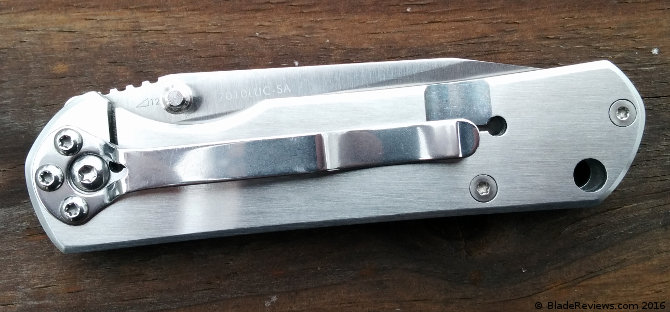
Thanks to the stainless steel scales, stowing and retrieval is effortless. This is the one area in which the handle material is an unequivocal win. Smooth retrieval/stowage and a slim overall profile make the 710 a great carry.
Deployment and Lockup
The 710 deploys via good old fashioned thumb studs and a common budget knife washer setup: a thin phosphor bronze/Teflon washer combo on one side, a lone Teflon washer on the other. This is probably a cost-saving measure, but regardless the performance here is indisputably good – great, even. Out of the box it was reliable and quick; after a drop of Nano Oil it became glass-smooth, rocket-fast: wonderful. Until I got my hands on a Vanguard Gemini, this was the early frontrunner for Highest Fidget Factor 2016.
I just don’t like framelocks. I’ve used a lot of them over the years, and I’ve never used one that didn’t immediately exhibit or quickly develop bladeplay. It isn’t really an issue, per se, because it can usually be tightened out again, but the fact is that framelocks are finicky in a way that a lockback or a liner lock just aren’t. The faster this obsession with framelocks ends, the happier I’ll be.
For all my grumpiness, however, the 710’s framelock is good. Steel framelocks are stronger and more reliable than titanium ones (and much cheaper, of course), and, while I did eventually get bladeplay, it isn’t much and yes, can be tuned back out. Besides this everything is good: the lockbar is easy to access thanks to that choil/cutout, and the lockbar disengages smoothly, every time. I like the liner lock on the G-10 Drifter better, but this’ll do.
Sanrenmu 710 Review – Final Thoughts
Sanrenmu knows how to put together an affordable, useful blade: they’ve proven that with their OEM work for Spyderco, CRKT, and others, and proven it again with their own knives. The 710 is very affordable, even in the context of the budget knife category, and it’s stiff competition for affordable favorites like the Drifter.
Sanrenmu helped to establish the budget knife archetype, and here we have as distilled a representation of that archetype as possible. The 710 is a very, very good knife.
- Model number: 7010LUC-SA , Lock mechanism: Liner lock
- Total length: 165mm/ 6.50in , Blade length : 69.6mm/2.74 in
- Blade material: 8CR14Mov , Blade thickness: 2.5mm/0.10 in
- Handle thickness: 12.87mm/0.51 in
- Item weight: 90g/0.20 lb
I recommend purchasing the Sanrenmu 710 at Amazon. Please consider that purchasing anything through any of the links on this website helps support BladeReviews.com, and keeps the site going. As always, any and all support is greatly appreciated. Thank you very much.
